This authentic chicken pho recipe provides precise measurements and step-by-step instructions for creating a rich, aromatic broth. Perfect for beginners, it includes everything from preparing the broth to assembling your bowl with fresh toppings. Follow this guide to make restaurant-quality chicken pho at home.
Table of Contents
- Exact Ingredient Measurements
- Step-by-Step Broth Preparation
- Noodles and Toppings Guide
- Frequently Asked Questions
Exact Ingredient Measurements
For a 6-serving batch of authentic chicken pho, use these precise measurements:
| Ingredient | Measurement |
|---|---|
| Chicken bones (or whole chicken) | 2 lbs bones or 1 whole chicken (3-4 lbs) |
| Water | 8 cups (2 quarts) |
| Cinnamon stick | 1 |
| Star anise pods | 4 |
| Cardamom pods | 3 |
| Garlic cloves | 4, smashed |
| Black peppercorns | 1 tablespoon |
| Bay leaves | 2 |
| Rice noodles | 1 lb |
| Fresh cilantro | 1 cup, chopped |
| Green onions | 4, sliced |
| Limes | 2, cut into wedges |
| Red chilies | 2-3, sliced (optional) |
| Fish sauce or soy sauce | To taste |

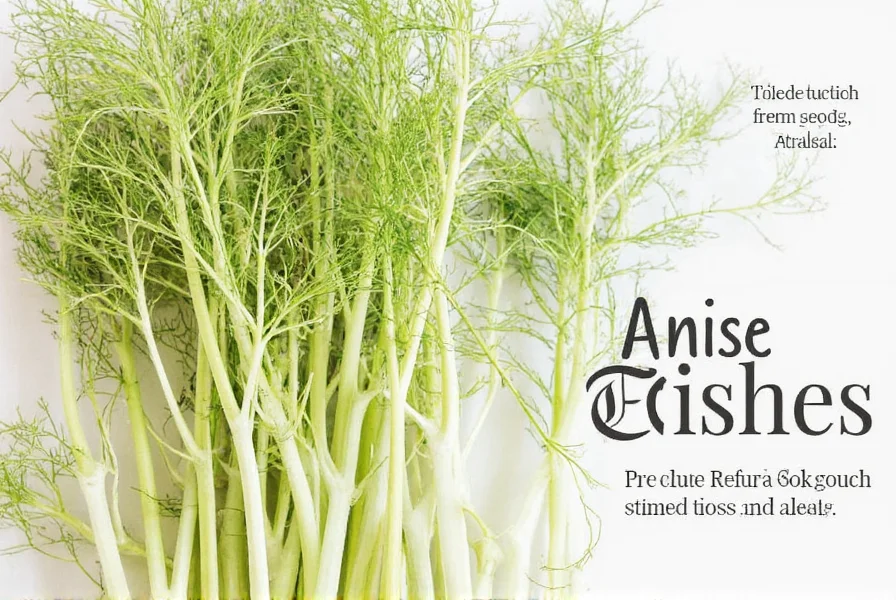
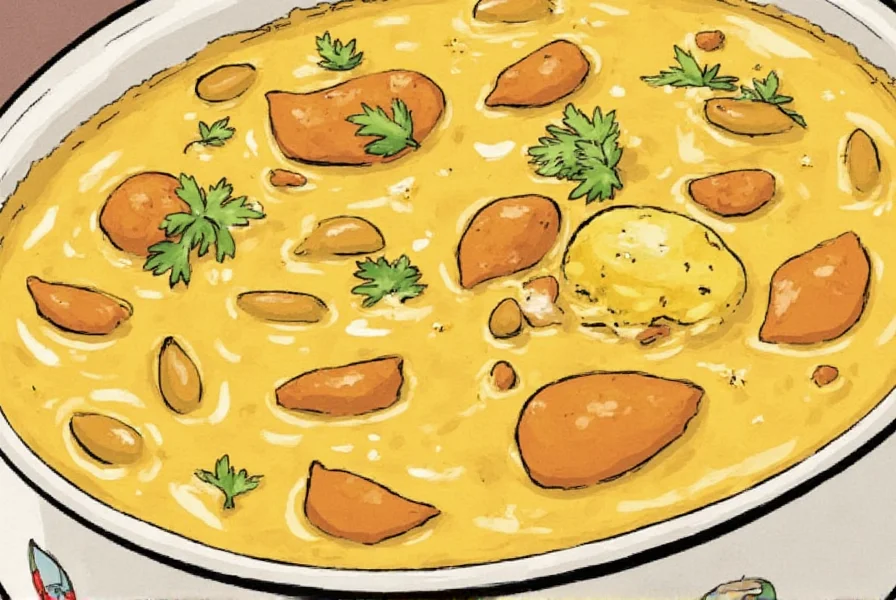
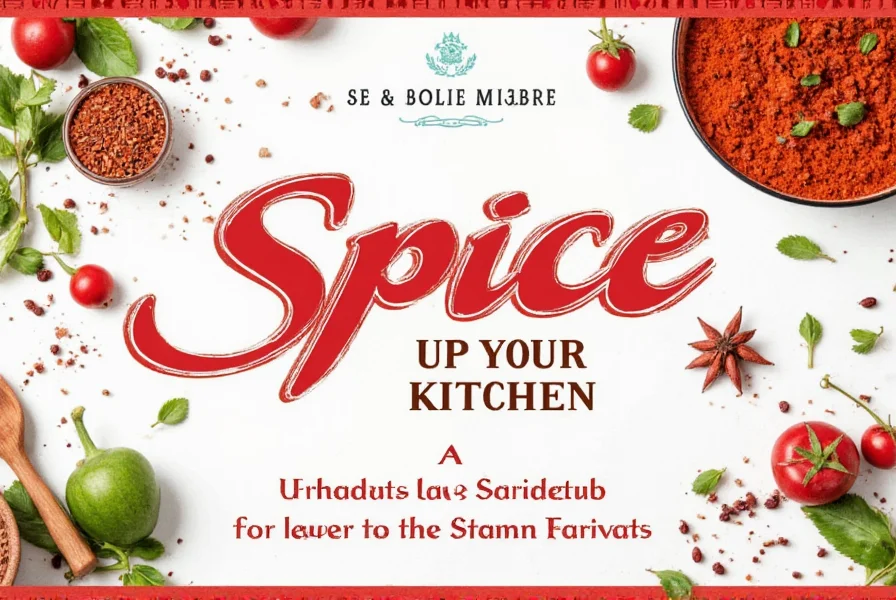
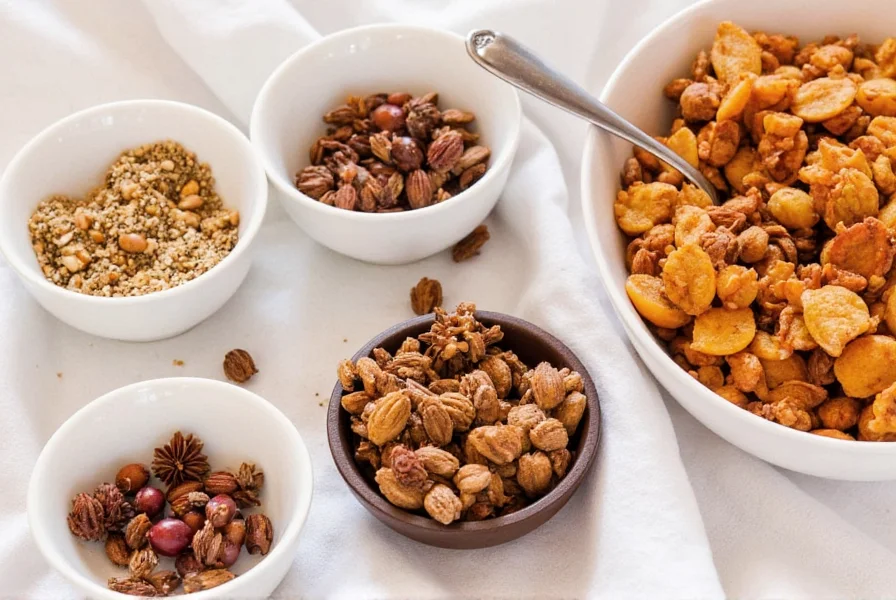
Step-by-Step Broth Preparation
- Prepare bones: Rinse chicken bones under cold water. Place in a large stockpot with 8 cups water. Bring to a boil, then skim off foam for 5 minutes.
- Toast spices: In a dry skillet, toast cinnamon, star anise, cardamom, and peppercorns for 2 minutes until fragrant. Add to pot.
- Simmer broth: Add garlic and bay leaves. Reduce heat to low. Simmer uncovered for 2.5-3 hours, skimming surface occasionally. Never boil vigorously - maintain gentle bubbles.
- Strain and season: Strain broth through fine mesh sieve. Discard solids. Add fish sauce to taste (start with 1 tbsp). Broth should be clear and aromatic.
- Check temperature: Ensure broth reaches 165°F (74°C) for food safety. Use a thermometer for accuracy.
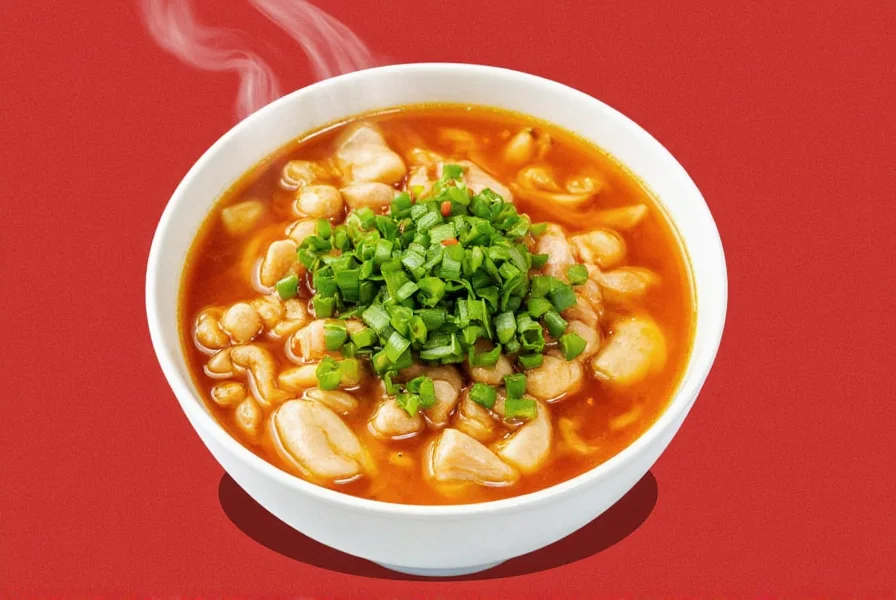
Noodles and Toppings Guide
- Rice noodles: Cook according to package instructions (typically 3-5 minutes). Rinse under cold water to stop cooking. Keep separate from broth until serving.
- Chicken preparation: If using whole chicken, remove meat after broth simmers for 1 hour. Shred and return to broth for final 30 minutes.
- Essential toppings: Fresh cilantro, green onions, lime wedges, and sliced chilies. Never cook toppings in broth - add fresh to each bowl.
- Assembly: Place noodles in bowl. Add shredded chicken. Pour hot broth over top. Top with fresh herbs and lime. Serve with fish sauce/sriracha on side.
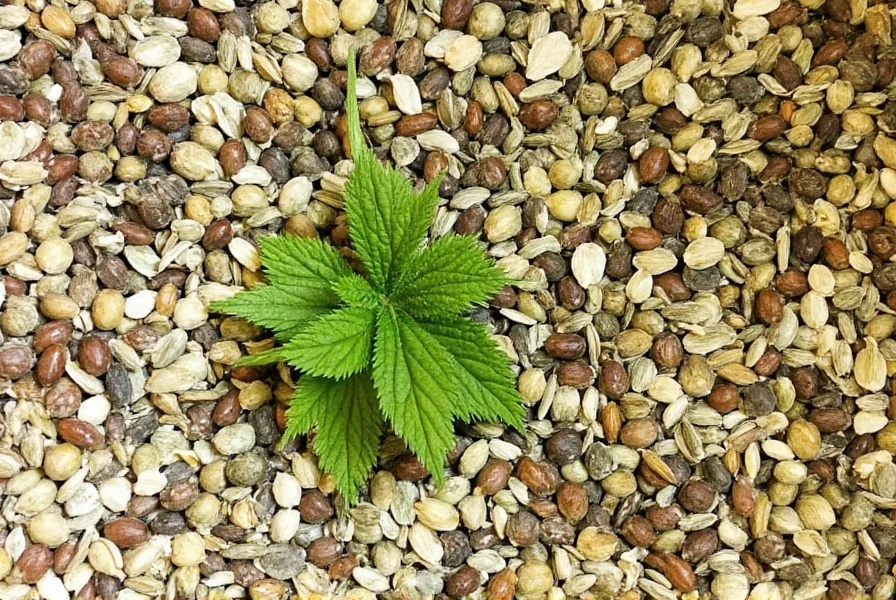
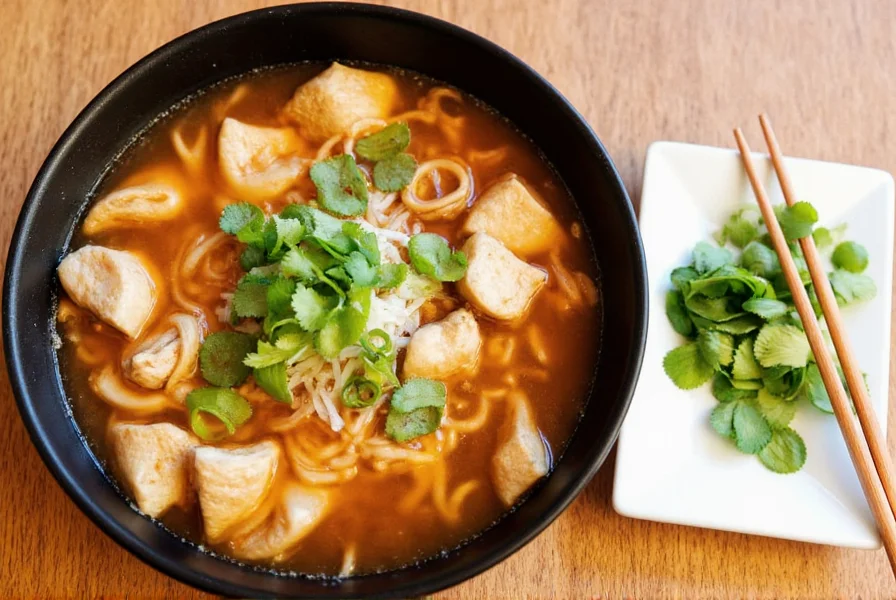
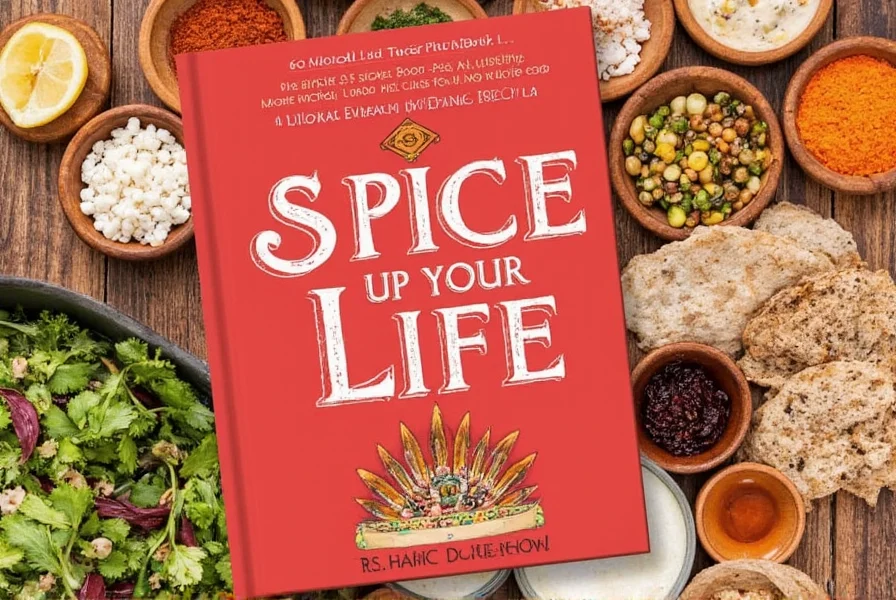
Frequently Asked Questions
What's the difference between beef pho and chicken pho?
Chicken pho uses lighter broth made from chicken bones (simmered 2-3 hours) versus beef bones (6-8 hours). Chicken pho requires less star anise to complement the milder flavor. The broth is clearer and less intense, making it ideal for warmer weather or lighter meals.
How long does it take to make chicken pho from scratch?
Total time is 3-4 hours: 30 minutes prep (chopping, toasting spices) + 2.5-3 hours simmering. The broth must simmer for minimum 2 hours to extract full flavor from bones. Rushing this step creates weak broth.
Can I make chicken pho without traditional spices?
No - the signature flavor comes from the specific spice blend. However, if missing some spices, prioritize star anise and cinnamon as the core flavors. You can purchase pre-mixed pho spice packets from Asian grocery stores for consistent results.
What are the essential toppings for chicken pho?
Must-haves: fresh cilantro, green onions, lime wedges, and sliced chilies. Optional additions: bean sprouts, Thai basil, or crushed peanuts. Never cook toppings in broth - add fresh to each bowl for maximum flavor and texture.
How do I store and reheat leftover chicken pho?
Store broth, noodles, and toppings separately. Broth keeps 4 days refrigerated or 3 months frozen. Noodles stay fresh 2 days refrigerated with a little water. Reheat broth first, then add noodles and toppings. Never reheat assembled bowls - noodles become mushy.










 浙公网安备
33010002000092号
浙公网安备
33010002000092号 浙B2-20120091-4
浙B2-20120091-4